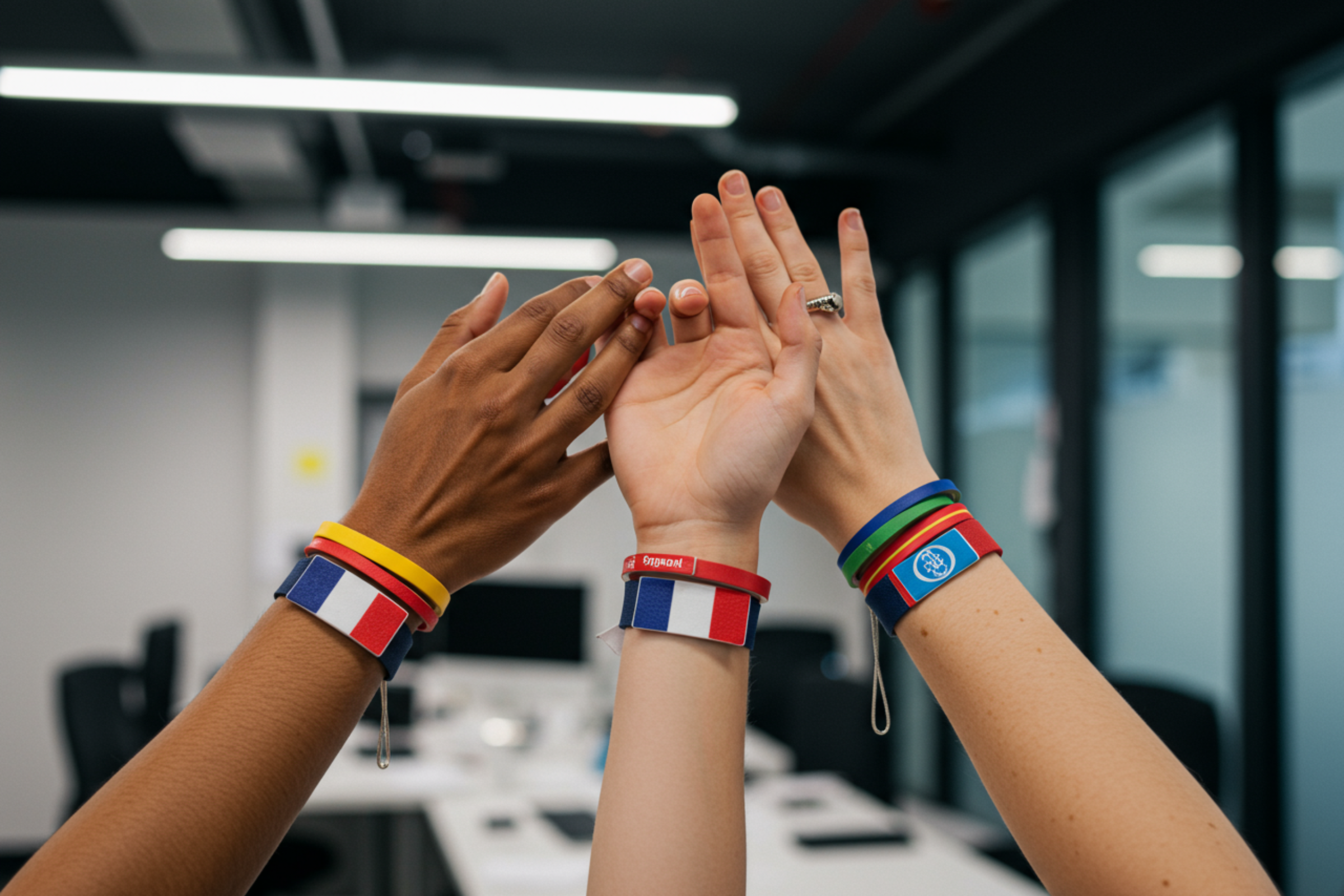Boosting Inclusivity: Integrating Spanish and French into Your Marketing Forms and Content
- Why Multilingual Marketing Matters for Small Businesses
- The Benefits of Adding Spanish and French to Your Communication
- Practical Steps to Make Your Forms and Texts Multilingual
- Leveraging AI Marketing Tools for Effortless Multilingual Content Creation
- Building an Inclusive Brand: Enhancing Accessibility and Engagement

Why Multilingual Marketing Matters for Small Businesses
In today’s interconnected world, even the smallest businesses are reaching customers from a variety of linguistic and cultural backgrounds. As communities become more multicultural, the ability to communicate in multiple languages isn’t just a bonus—it’s essential for genuine engagement. By marketing in languages like Spanish and French, small businesses can connect with broader audiences, respecting customers’ preferences and making them feel valued.
When customers encounter content and forms in their own language, it immediately builds trust and comfort. They’re more likely to engage with your brand, complete forms, make purchases, and recommend your business to others. This approach not only fosters loyalty but also sets your business apart from competitors who may overlook this vital aspect of communication.
Inclusivity is at the heart of modern marketing. Businesses that make the effort to speak their customers’ languages demonstrate respect and accessibility. In turn, this strengthens community ties and encourages repeat business. For small business owners, embracing a multilingual marketing strategy isn’t just about staying current—it’s about building a welcoming brand that thrives in diverse markets.

The Benefits of Adding Spanish and French to Your Communication
Integrating Spanish and French into your marketing materials opens doors to millions of potential customers, both within your local community and in global markets. Spanish is the second most spoken language in the United States, with over 40 million native speakers, while French enjoys widespread use in Canada, parts of Africa, Europe, and beyond. By addressing these audiences in their preferred languages, you demonstrate cultural awareness and a commitment to exceptional service.
Providing bilingual or trilingual forms and texts enhances the customer experience by eliminating language barriers. Customers who can interact with your brand in their native language are more likely to complete purchase journeys, trust your processes, and develop lasting loyalty. This personalized approach often results in higher conversion rates and fewer abandoned forms, as customers feel seen and understood.
Moreover, multilingual communication allows businesses to gather valuable insights into diverse customer segments. By tracking engagement with different language options, you can identify new market opportunities and tailor your offerings accordingly. In short, adding Spanish and French to your communication isn’t just about translation—it’s about creating a more inclusive, data-informed, and customer-centric business.

Practical Steps to Make Your Forms and Texts Multilingual
Transitioning your forms and texts to support multiple languages may seem daunting, but breaking the process into manageable steps makes it attainable for small businesses. Start by identifying the most important customer touchpoints—where do your clients interact with your brand most? Common areas include websites, contact forms, checkout pages, and email communications.
Next, decide how you’ll handle translation. Options range from hiring professional translators to using AI-driven tools that offer instant, high-quality translations. Many businesses find success with a hybrid approach: using technology for efficiency, then reviewing key content for accuracy and nuance.
When designing multilingual forms, make language selection straightforward and accessible. Place language toggles in prominent locations and ensure all navigation, instructions, and error messages are available in each supported language. This inclusive design helps prevent confusion and reduces errors during form completion.
Testing is crucial. Collaborate with native speakers or use focus groups to ensure your content is not only accurate but also culturally relevant. Finally, treat multilingual content as a living resource—plan for regular updates to keep messaging fresh and aligned with your audience’s needs.

Leveraging AI Marketing Tools for Effortless Multilingual Content Creation
Artificial intelligence is revolutionizing how businesses approach multilingual marketing. With the rise of AI marketing tools, small businesses can now create, translate, and adapt content for different languages with unprecedented speed and accuracy. These tools automate the translation of web texts, emails, forms, and even social media posts, reducing manual effort and minimizing the risk of errors.
AI-driven solutions can analyze your content, suggest contextually appropriate translations, and ensure your brand voice remains consistent across languages. Advanced features might include tone adjustments, cultural references, and even real-time editing suggestions. With these capabilities, small businesses can produce high-quality, multilingual content at scale—something previously only feasible for larger enterprises.
Personalization is another key advantage. AI tools can tailor language and messaging to specific audience segments, increasing relevance and engagement. This means your Spanish-speaking and French-speaking customers receive not just translated, but truly localized experiences.
For small business owners, leveraging AI marketing tools means saving valuable time and resources. Content that once took days or weeks to translate can now be ready in minutes. Consistency and quality are maintained across all customer touchpoints, empowering you to focus on growth and innovation while meeting the needs of a diverse customer base.

Building an Inclusive Brand: Enhancing Accessibility and Engagement
Building an inclusive brand goes beyond simply offering products or services—it’s about making every customer feel welcome and valued. Multilingual content is a powerful tool in this effort, signaling to current and potential customers that your business respects and embraces diversity. When people can access your forms and marketing materials in their native language, barriers are removed, and trust grows.
Accessibility means more than translating words. It involves designing digital forms and content that are easy to navigate for everyone, including those with varying levels of language proficiency or disabilities. Use clear layouts, readable fonts, and straightforward instructions in every supported language to further lower access barriers.
Fostering inclusivity encourages community engagement and word-of-mouth advocacy. Satisfied customers are more likely to return, refer friends and family, and share positive experiences—expanding your reach organically. Over time, this commitment to inclusivity can transform your brand’s reputation, making loyalty and retention natural outcomes.
Finally, invite and act on feedback from your multilingual audience. Regularly solicit comments, conduct surveys, and monitor user behavior to identify opportunities for improvement. This ongoing dialogue ensures your content remains relevant and effective, positioning your brand as a leader in accessible, customer-centered marketing.